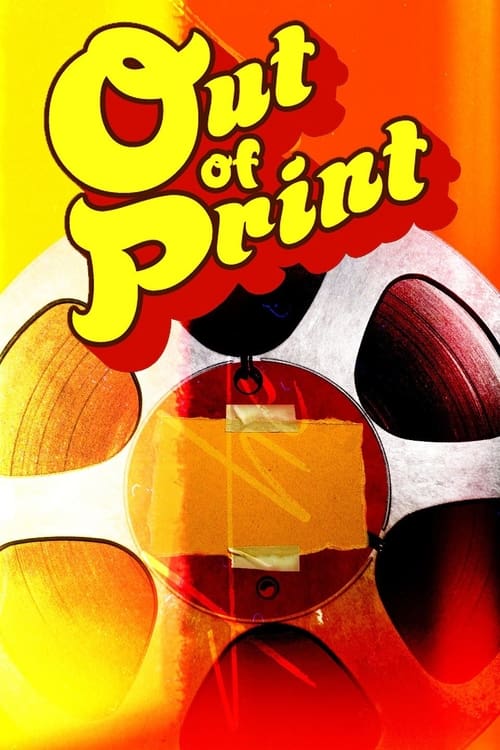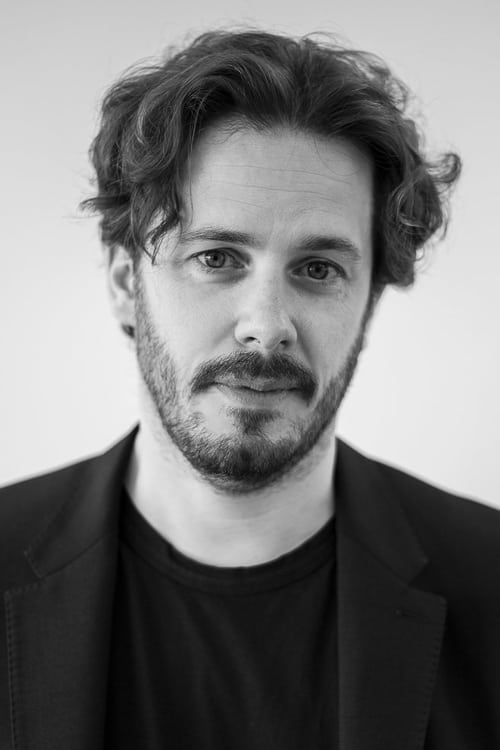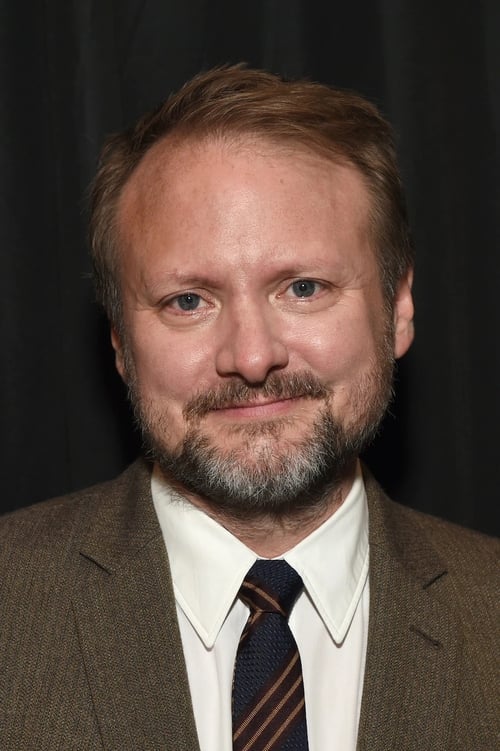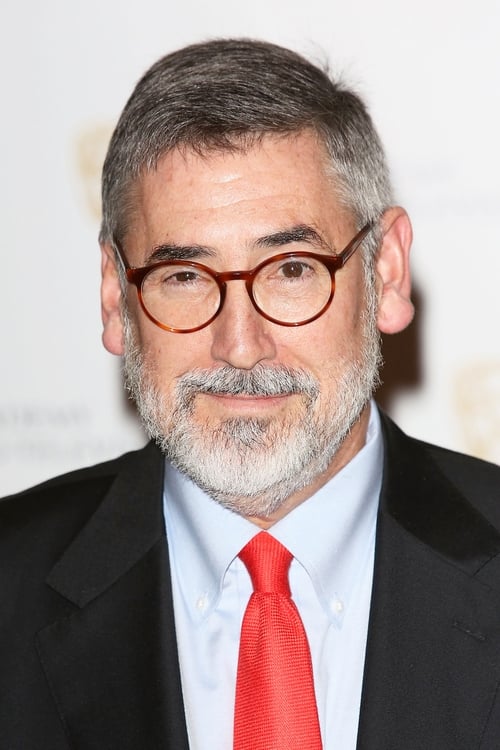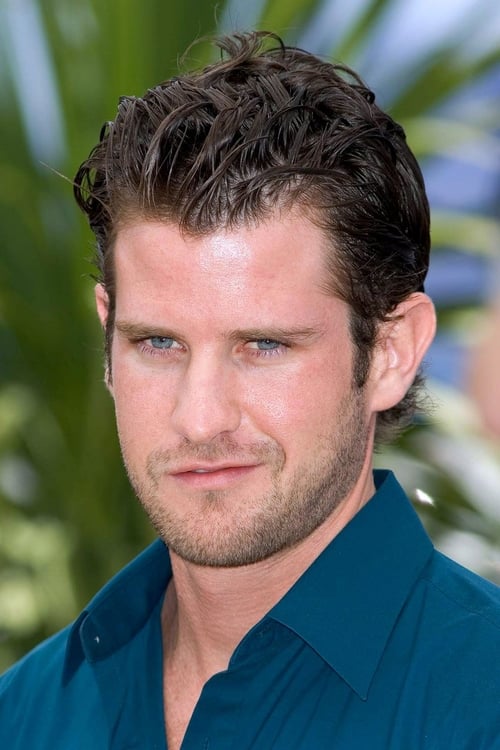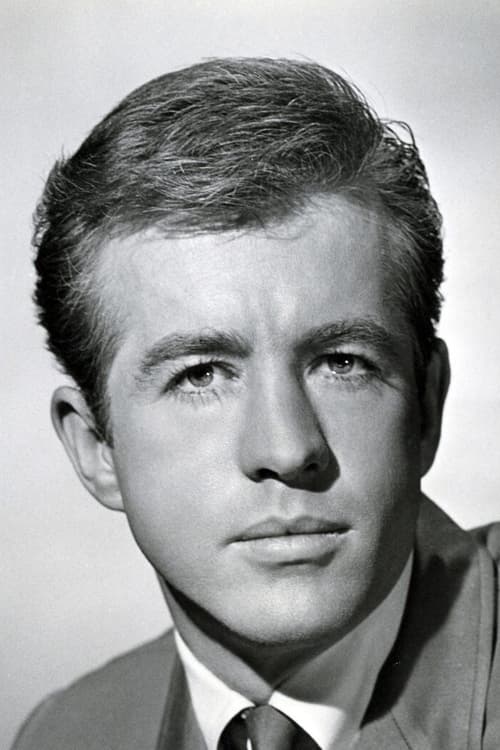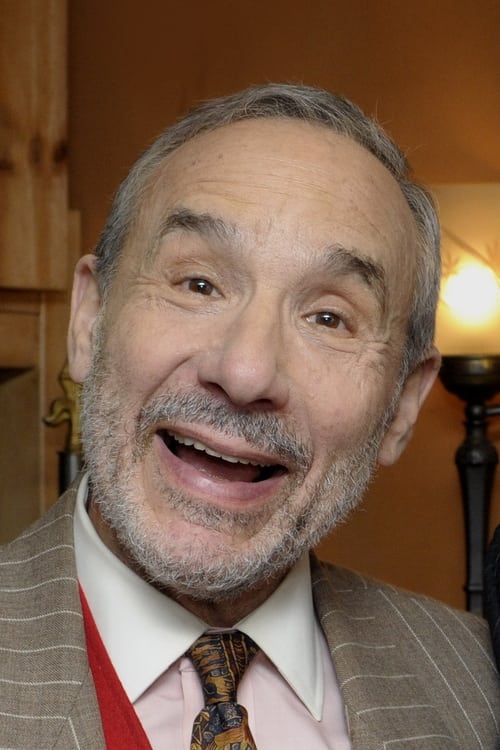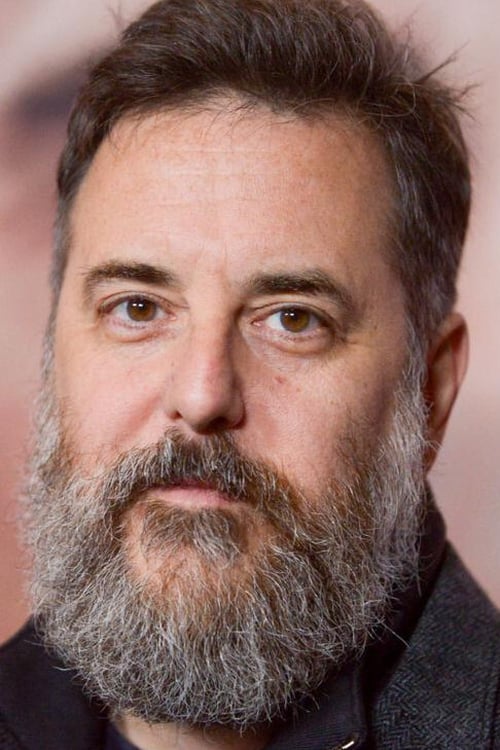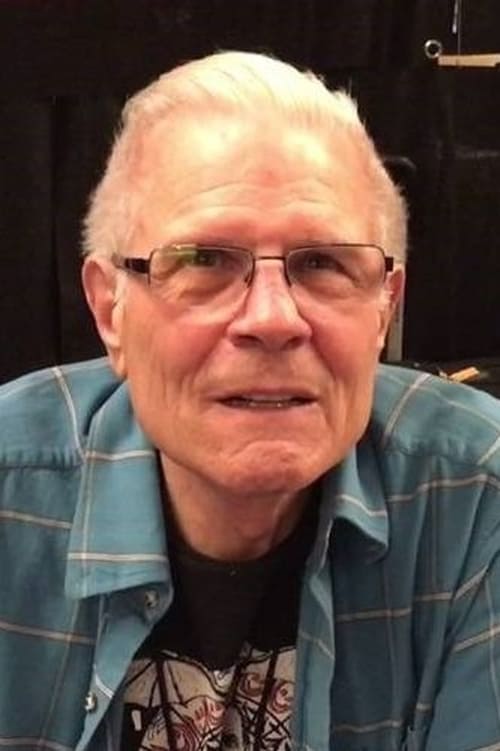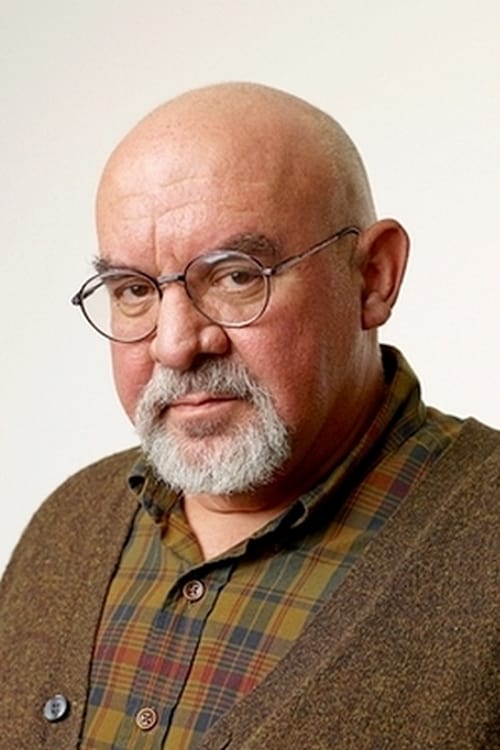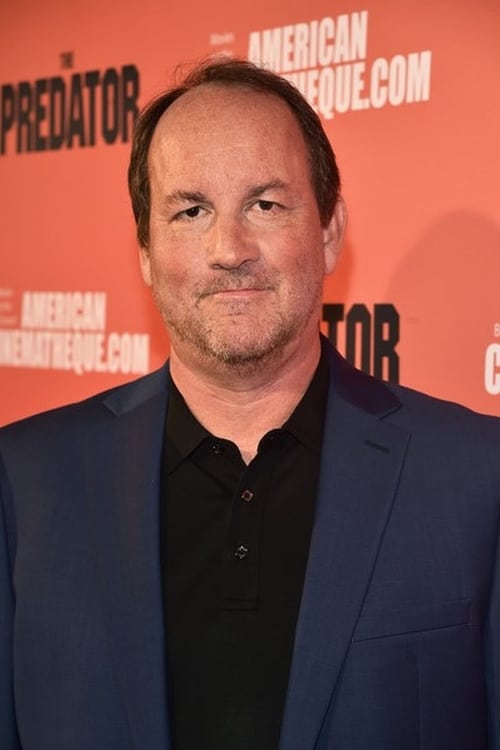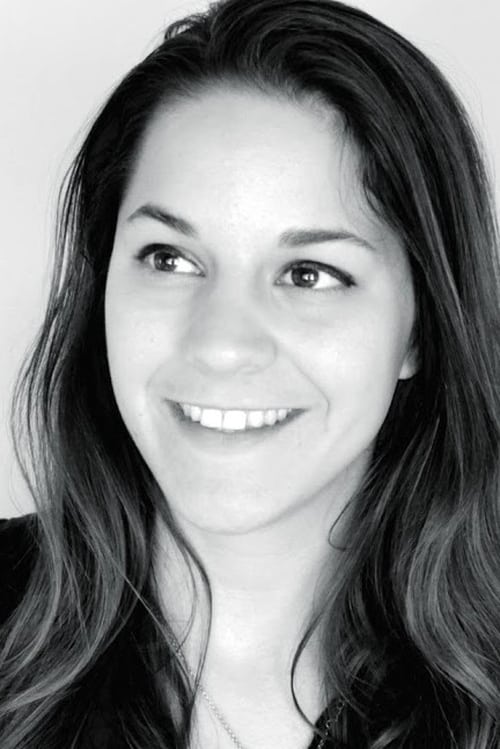Out of Print (2014)
Directors. Dorks. Deviants. This ain't no Multiplex.
Gênero : Documentário
Runtime : 1H 26M
Director : Julia Marchese
Sinopse
A documentary exploring the importance of revival cinema and 35mm exhibition - seen through the lens of the patrons of the New Beverly Cinema - a unique and independent revival cinema in Los Angeles.
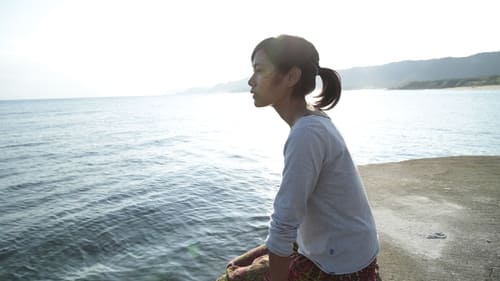
Em Amami-Oshima, uma ilha subtropical do Japão, tradições sobre a natureza permanecem eternas. Durante a noite de lua cheia das tradicionais danças de agosto, o jovem Kaito, de 16 anos, encontra um corpo flutuando no mar. Sua namorada Kyoko tentará ajudá-lo a desvendar o mistério. Juntos, Kaito e Kyoko aprenderão a ser adultos experimentando a tessitura dos ciclos da vida, da morte e do amor.
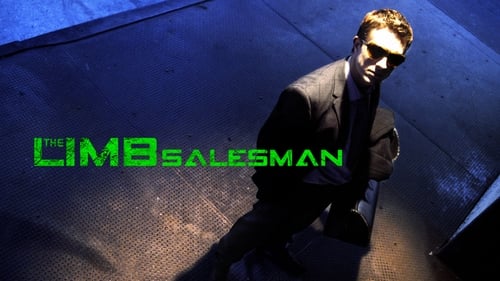
Gabriel Goode is The Limb Salesman-- a disgraced doctor who regenerates limbs on the black market. When Goode travels to the water mining regions of the north to heal the cherished daughter of a wealthy water miner, dark family secrets are revealed, and Goode is forced to make the ultimate sacrifice. A story of forbidden love in a dystopian future.
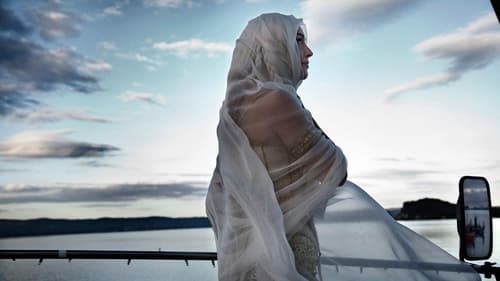
Gelsomina vive com os pais e as três irmãs em uma região da Itália onde produzem mel. Afastadas do mundo pelo pai e tendo uma próxima relação com a natureza, vivem os problemas e os sonhos quando um jogo televisivo invade a região.

Radit and Jani is a happy couple with a very rock-and-roll way of living. Drugs, tattoos, lots of cigarettes, noise musics. Once upon a time, they got no money, and Radit and Jani have to work to get money.

The film follows teenage girls Mairéad Mc Ilkenny and Christine Savage. The two young women live in the same city but at the same time in two different worlds, cut off from each other by high walls that separate people.

Based on the operetta of the same name.

This investigation into the layers of mass incarceration and its shaping of the modern black American family is seen through the eyes of a single mother in New Orleans, Louisiana.

b/w, 16mm film

In the ongoing project Photography is Easy, Thornton continues her investigation of the production of meaning through media such as photography, film and video. Thornton and a companion are seen hiking through a desert, photographing and recording the journey. Shots of desert landscapes are overlaid with the artist's running commentary and text about Thornton's experience of making a photograph. Questioning the value of the rarified image, Thornton investigates the porous boundaries between the still and the moving image.

This collaborative work, created specifically for the 1992 Day Without Art/AIDS Awareness Day, addresses what Thornton terms "the relationship between the medicalization of the body and the personal." While the actor Ron Vawter reads aloud from a poem by Rilke, a doctor is heard discussing Vawter's medical condition. Medical photographs of internal organs and images of the moon's surface create landscapes of inner and outer space. This haunting rumination suggests the disparity between medical interpretations and personal experiences of physicality and mortality.

An intimate video work depicting a Nepali family’s struggles for cohesion, despite everyday travails and the absence of a beloved son.

Hangzhou, China, the present day. Chen Congming, an associate professor at a medical college who is popular with his students, alarms his superiors with his theory that everyone has the potential to go crazy, and that the dividing line between sanity and insanity is paper-thin.
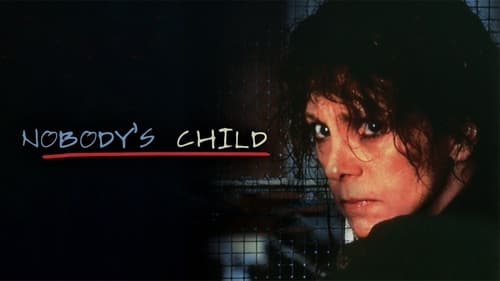
Fact-based drama about the life of Marie Balter, who spent most of her young life in mental institutions. At age 16, she first attempted suicide and the next 20 years she spent in and out of the institutions. At last, a caring doctor started treating her for extreme depression and panic disorder. Weened from strong medications she had taken all her life, at age 36, she emerged for the last time and started a rehabilitation program in the home of a volunteer married couple. There she met a fellow patient with whom she developed a romantic relationship. She also started a college degree. This followed with a long-term professional success in the field of mental health.

An 18 year old on the island Djerba, Aicha, is married to Said, who works in Tunis for much of the year. Aicha breaks with tradition and decides to join Said in Tunis, weaving rugs to make money. Said asks that she give him a son, so Aicha lives under the rule of her mother-in-law.
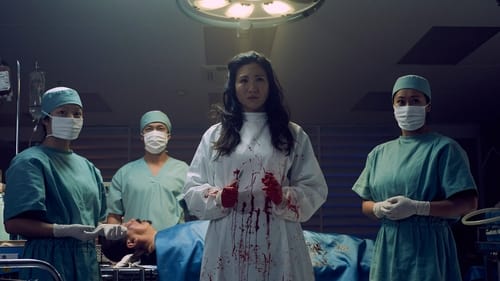
3am. Hongjing, China. 1980s. A single-minded surgeon is forced to break her physician's oath when violent gangsters storm into a hospital to stop a crucial operation.

The death of Roberto, the canary, forces a family to come to terms with their own grief.

Hollywood movies are rapidly becoming vehicles for the ulterior marketing and advertising motives of studios and their owners, rather than entertainment in their own right. Behind the Screens explores this trend toward "hypercommercialism" through phenomena such as product placement, tie-ins, merchandising and cross-promotions. It combines multiple examples taken directly from the movies with incisive interviews provided by film scholars, cultural critics, political economists, and an Oscar-nominated screenwriter. Behind the Screens presents an accessible argument designed for school and college-age audiences-- precisely the demographic most prized by both Hollywood studios and advertisers alike. It features examples drawn from movies such as Wayne's World, Forrest Gump, The Lion King, Summer of Sam, and Toy Story.

April 1994 in the Lacandona Jungle, Chiapas, México. The Zapatista women talk about the living conditions of Mexican indigenous populations and the life of peasant women. They explain the reasons for their struggle and their uprising.

Good Grief is a short stop motion animated documentary that explores the lessons we learn from dealing with grief and loss. Five real people share their true stories of losing something precious and what it has taught them about living.
